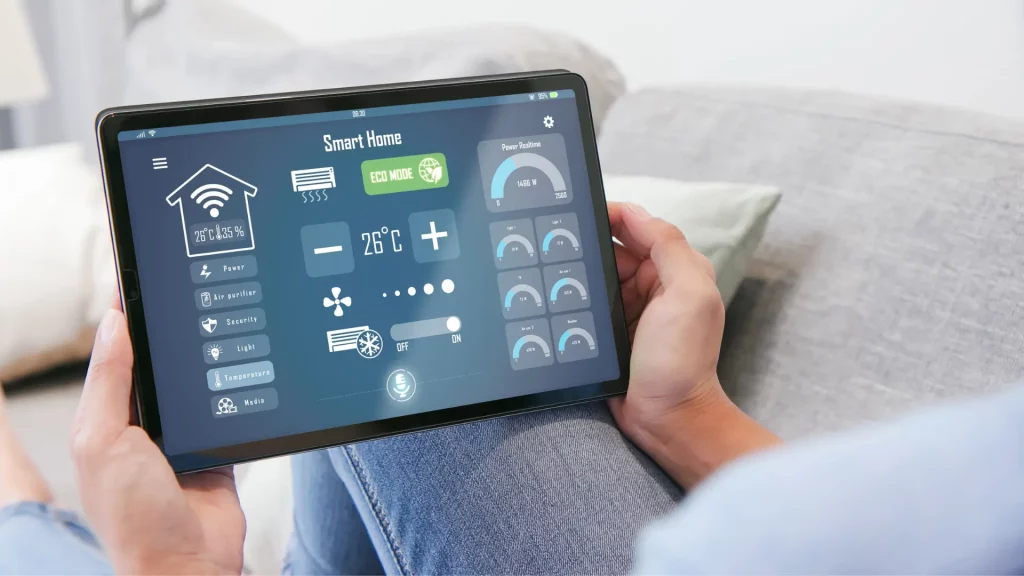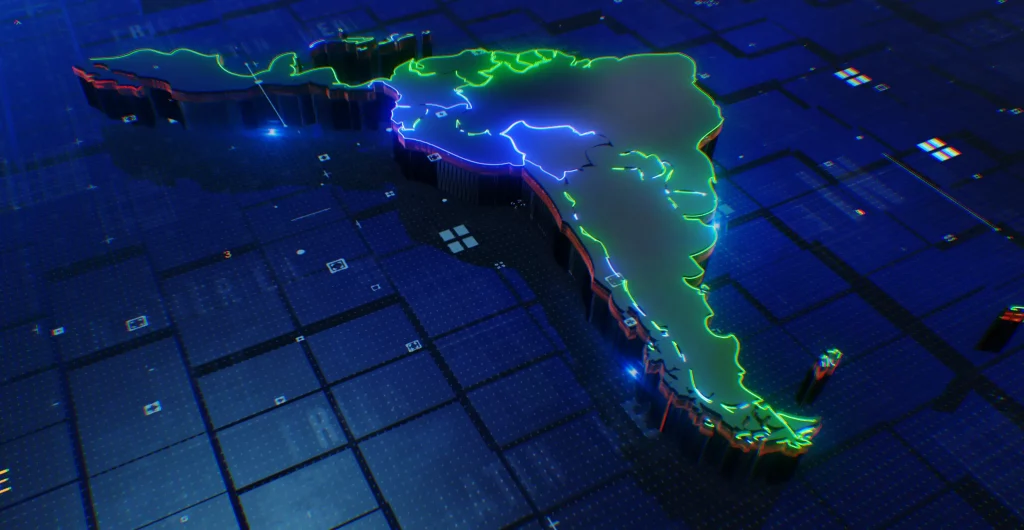Edge infrastructure is the basis and foundation of platforms, applications, and media that generates a perception of immediacy in the devices we use in our daily lives, such as televisions, tablets, and phones; these platforms find this infrastructure the best ally to improve the perception of the end user, facing the distance where the content is produced and the goal of achieving its distribution in a shorter period of time (latency), it is to wonder what a short period of connectivity has to do with me as a user if I still struggle with the simple fact of staying connected.
Why is video streaming so slow?
This happens because of the distance the content must travel. Some providers are looking for content on the other side of the world, while other users are accessing content just around the corner. The user’s perception is that the service provider leaves them stranded when accessing content on a page and eventually, without an internet connection. On the other hand, a user located less than one meter away from the distributor accesses the same site without further complication.
From the point of view of the customer, today’s networks have multiple connection paths. Although through our devices we do not control the way we navigate, a big part of internet users believe that it is unidirectional, and only has a single possible way to access information, therefore, if I cannot access it immediately, I will have to wait until it is my turn.

What does Edge Data centers offer?
Since the Internet is a universe in which the source of information is distributed through different infrastructures and locations, the path they take can be the difference between watching a paused or uninterrupted video. This is where Edge infrastructures make a big difference. The main characteristic of this type of topologies is to allow service providers to access content in a more efficient and direct way.
The Edge Data Centers located in the sectors with the highest influx of information in each city allow all providers to be connected to access the content hosted in the Edge servers, avoiding unnecessary network sections, and making it possible to access the required service with relative ease. From a theoretical point of view, the Edge function is the solution to the end user’s quality perception problem. Now, the real challenge is to include this type of technology in new applications and telecommunications infrastructure developments.

What are the main challenges of Internet of Things – IoT in Latin America?
Because of the great barriers faced by the Latin American idiosyncrasy – that define a process that, although it was accelerated as a direct effect of the global pandemic generated by COVID-19, did not manage to consolidate enough to overcome what can put at risk any Edge infrastructure development.
The main challenges are:
- Business technology culture.
- Understanding of interconnection in Latin America
- Integral development of a solution
The technological culture at the corporate level is a barrier that not only discourages investments in edge infrastructure but also makes markets behave in a static way, regarding the continuous progression of communication and technology, new markets and products seem to be slowed down or paused to be provided in Latin America and what maintains this corporate practice is that the user is already used to price over quality.
The tendency of the Latin American user is that when acquiring internet services, it is understood as an electric energy service, that is to say, that it consists of a fixed point without any variation and the quality is measured only by the continuity of service, but the perspective must change, users should be more self-critical with parameters such as assured contracted transfer rates regardless of the time of day, network coverage and flexible contracts oriented to quality and not quantity.

This could certainly be ensured by an Edge infrastructure, and an end-user could tell the difference between a service connected to an Edge node to a common node, based on speed and availability of content.
Additionally, a second factor must be taken into account in this cultural transformation, and that is the knowledge of the communications infrastructure, to the vast majority of customers it is completely transparent, the location of the infrastructure or place in the cloud, the service is the same which plays as a big mistake, there are inherent risks to it and therefore different levels of service, which again are marked by the price war rather than the real need of the customer.
What is the digital divide in Latin America?
The service provider must start evaluating what it can provide differentiating it from a simple internet connection. Whether it is distributed through the cloud or the content generated by the user; at this point, the panorama becomes even more challenging, since with a young and barely developing market such as the Latin American one, the need for a new Edge infrastructure of physical and virtual type, is far from being able to be boosted.
On the other hand, network interconnection plays a significant role in the development of Edge technologies, because in Latin American countries there is a high degree of complexity to deploy interstate fiber or high traffic density infrastructure due to the characteristics of each territory. Even this problem is continuously circumvented in population centers, since the geography in which most LATAM cities are located, plays against any deployment, and makes the deployment of telecommunications infrastructure barely viable.
Therefore, places that comply with good installation characteristics continue to be saturated with network components, putting at risk the resilience of the network; two examples could be used where this happens, the first is the deployment of antennas and the other is the location of Data Centers, which tend to have energy and space access facilities. But it impacts the expansion of connectivity capacity, which limits the population of the network around it, creating communication islands that will be continuously limited to the availability of connectivity.
How to reduce the digital gaps in the region?
As a result of these digital and infrastructure gaps arises the need for a comprehensive solution, since finding solutions from the perspective of a Datacenter that manages and supplies the environments, makes its shortcomings in the objectivity of connectivity decrease, as a result, the efforts to promote Edge infrastructures are insufficient. In addition, a vision focused on connecting networks without considering the content, the place where it should be hosted, and then the point where it needs to be distributed, completely limits the solution.
It is important that companies abandon their position that customers come with their problems and the provider delivers the solution, this unilateral path must be fought, since it has been fully identified that service providers and customers do not have full certainty of the real need for the solution, since the requirement in most cases is completely alien to the operational core of the customer, therefore the result is overestimated or underestimated, and there is no choice but to learn from the mistake.

What strategies can be proposed to contribute to digital transformation in Latin America?
For some companies, the effort in proposing this type of infrastructure deployment leads to having to propose new paradigms and methods for service delivery; since its inception has been the operational flag of EdgeUno, a full focus on quality, connectivity, user integration with content, and easy access within the technological environment.
As well as breaking traditional schemes where large infrastructures were considered the only solution, to integrate a decentralized and customized solution, with the added value of the total abolition of the commercial concept where a high speed is assured to any content, which is not entirely accurate and depends directly on the physical infrastructure and the negotiation of the network.
In addition, the service is focused on the customer’s needs and completely overshadows the widespread marketing exercise of hiring hundreds of megabytes of connectivity, which in turn is shared with many users giving the feeling that you will always need more, to elucidate that on the contrary you need is the same, but of better quality.
EdgeUno has created these dedicated network segments that guarantee the quality of service and fully meet the service expectations of our users. Based on our experience, the first approach to break the current trend for the edge market is an adaptation exercise that brings together, includes, and integrates network players, content owners, internet providers, and end users as an ecosystem and not as isolated players.